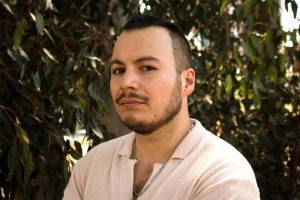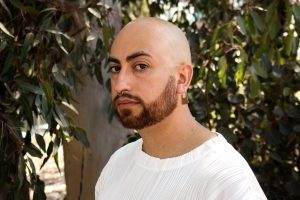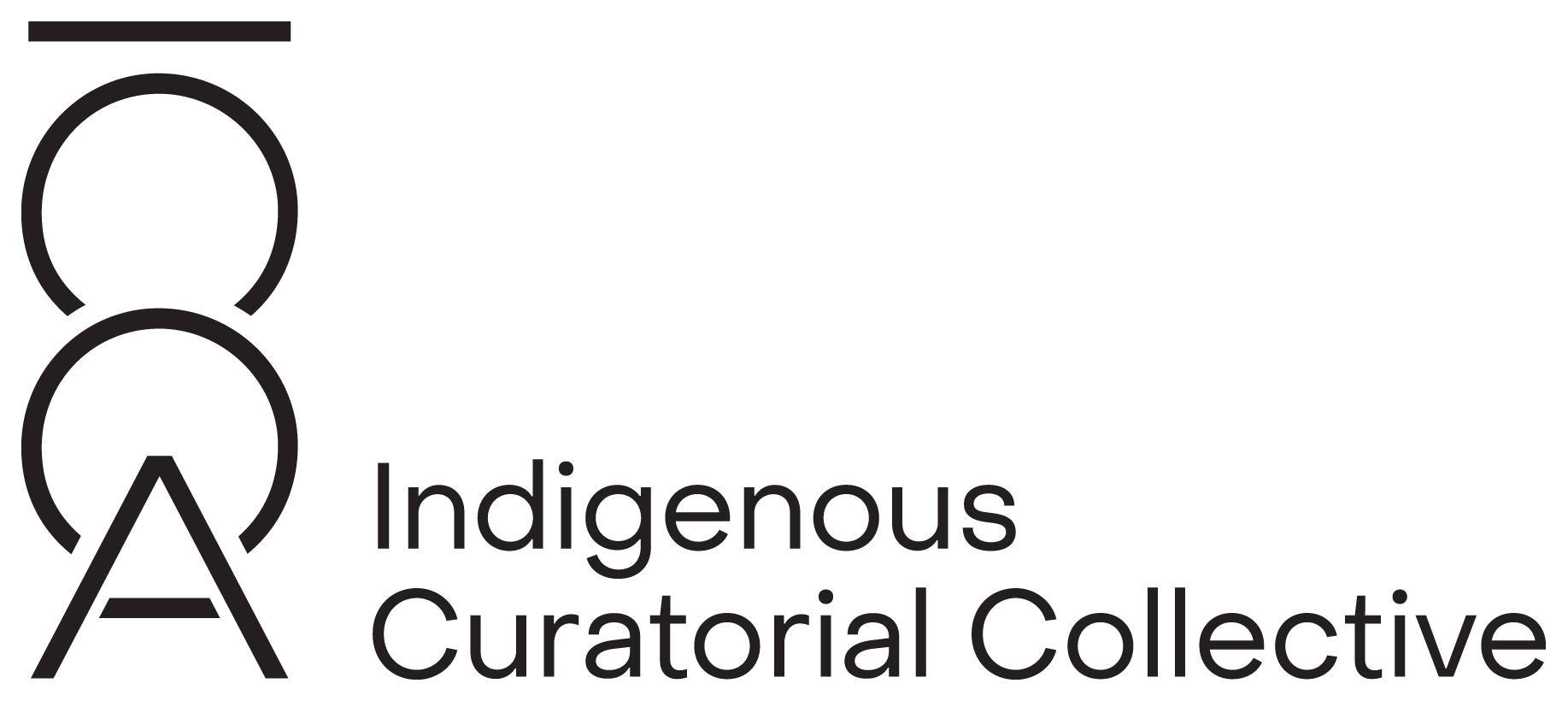Ecologies of dissent and consent at LIFT’s Gathering in 2023
By Antonio Catrileo
During the first Community Discussion session dedicated to introductions, it was clear that the transnational aspect of the gathering was a result of real relationships built on affect between the many collaborators across the world. The way in which everybody greeted each other and spent time catching up in between presentations and events was a clear sign of a long-lasting set of professional relationships that are founded in respect and mutual care—which was appropriate for a community of creators working with a medium such as analogue film. Being first in-person gathering for LIFT, since the COVID-19 lockdown(s), there was a heightened feeling that was deeply expressed throughout the LIFT Gathering: the need for connection, the need for time to sit down with each other and discuss matters centered on analogue film.
Through the common thread of resilience, the community of filmmakers that were part of this gathering wove together their insistence that analogue filmmaking is a creative, political, community-based, and even spiritual practice. Film becomes something entangled with their lives, and the analogue character of this specific practice demands a different understanding and managing of time. The film requires a process that is neither immediate nor smooth, requires a temporality that clashes with the velocity of planned obsolescence in contemporary media ecologies as well as with the velocity of technical change that constantly shifts the boundaries of contemporary visual culture.
The first session, lead by the Harkat Collective, Tsen-Chu Hsu, Luciana Decker Orozco, Miglė Križinauskaitė-Bernotienė, showed clearly how interconnected the community is across the globe, and how there is a certain relationality within analogue filmmaking practices that creates a sense of belonging while making; a sense of being part of a community because of the insistence on working with a “dying media.” These relations contribute to a transnational ecology of artistic technological resilience; artists insist on producing images through a counter intuitive use of “productive” time, and through creative engagement with technical obsolescence—such as the reuse and repurposing of old cameras, film, and chemicals. The presenters on the first panel showed the many ways in which the practice has survived: as pedagogical experimental labs, as part of residency programs, in connection with other performing disciplines, and all of this while referring to the different geopolitical issues related to access, funding, and distribution that each one of the presenters has experienced in their career.
Just as in the opening Community Discussion sessions, the final session, the Ecology and Film Panel at Artscape Gibraltar Point, demonstrated a variety of perspectives that created a generative space for discussion, consent, and dissent around the idea and use of “ecologies,” in a concrete environmental and also metaphorical way, for referring to the analogue film field in terms of an system of perception, knowledge, and work. Alexandra Moralesová from Labodoble (1) was in charge of this session and was joined by Phil Hoffman, Franci Duran, Robert Schaller, Richard Tuohy, and Dianna Barrie in person, as well as Georgy Bagdasarov and Kim Knowles virtually.
Even though the discussion was, at first, centered around the toxic aspect of photochemical filmmaking in the film industry, in relation to environments and communities, the discussion quickly opened up to consider other aspects that compose an environment for filmmaking as a world-making practice. Some of the questions held during the open conversation, are key concerns that animate the spirit of the contemporary state of the analogue film field. These were the questions with no answers which are generative in the sense that these pushes us to consider our position in the world in terms of material conditions and the historicity of our bodies and territories. Some of the questions we considered, were:
Is a true ecological film practice possible? Should we store and archive films or let them be watched, risking deterioration? Can we think of another model for film practice outside of the “Kodak” industrial complex? Are we really in a post-Kodak aesthetic trend? Can the cinematic exist without the film? Do we need more images, if the cost is an environmental hazard? Where do these images live? What is the ritual or social space where you watch images? If what you make destroys something, how can we honor that energy? What is the relationship between filmmaking practices and political change? If the film serves the filmmaker first, what is the space we hold for community and consent in our practice? Don’t we already have enough images and film that we can reuse, instead of creating more plastic? What about the communities that historically haven’t had any access to control their own representation through film? Do we need new images in this case? How can we engage in a non-extractive way with our film practice? How can we survive inside this “dying” ecology of analogue filmmaking?
While not everybody seemed to agree with all the statements shared during the discussion, I believe that it is relevant to highlight some of the questions that created long-lasting conversations and had impacts on the attendees. These statements and questions also render the LIFT community as a space that welcomes dissent when it is expressed in a caring and respectful way. Even more, I believe that the discussion held also makes visible some points of view that could inject new energies into the international community of analogue filmmaking. It is important to think about the efforts and conversations of different collectives and communities who are collaborating, and how these could make space for new generations of filmmakers who want to frame different objects, want to film with a different strategy/methodology, want to cross other disciplinary boundaries that haven’t been crossed before. Supporting these efforts, even when they unsettle and shake-up what seems to be foundational about the analogue filmmaking community, will ensure the survival of the practice.
1. Labodoble is an artist-run film lab, and curatorial platform based in Prague (CZ) and run by Alexandra Moralesová and Georgy Bagdasarov. The artist mainly focus on photo-chemical experimental film processes but are interested in other kinds of media practices problematizing and pointing at their apparatus. https://www.filmlabs.org/labs/labodoble/
 Antonio Catrileo (they/them) is a Mapuche writer, artist, and weaver from Pikunmapu/Qullasuyu (Curico, Chile). Currently is a student at the PhD in Ethnic Studies at the University of California San Diego. They hold a B.A., M.A. in Chilean and Hispanic Literature at Pontificia Universidad Católica de Valparaíso. Author of the book “Awkan epupillan mew:dos espíritus en divergencia” (2019) and “Diáspora”(2015). Member of the Catrileo+Carrión Community, where they have collectively published the books “Poyewün Nütramkan Pikunmapu/Qullasuyu” (2020), “Poyewün witral: bitácora de las tejedoras de Neltume” (2019), “Torcer la palabra: escrituras obrera-feministas” (2018) and “Yikalay pu zomo Lafkenmapu” (2018). Currently is a collaborator of Global Center for Advanced Studies Latin America Collective. Their work is presented as a critical intervention in how colonial categories have been imposed on notions of sexuality and gender in the Mapuche context. Catrileo claims the word epupillan (two-spirit) as a generative practice that focuses on not reproducing the damage of the archive’s narratives in order to imagine a Mapuche futurity beyond the politics of recognition, nation, and identity. Epupillan is a situated knowledge shared by several elders who are HIV/AIDS activists and defenders of the land.
Antonio Catrileo (they/them) is a Mapuche writer, artist, and weaver from Pikunmapu/Qullasuyu (Curico, Chile). Currently is a student at the PhD in Ethnic Studies at the University of California San Diego. They hold a B.A., M.A. in Chilean and Hispanic Literature at Pontificia Universidad Católica de Valparaíso. Author of the book “Awkan epupillan mew:dos espíritus en divergencia” (2019) and “Diáspora”(2015). Member of the Catrileo+Carrión Community, where they have collectively published the books “Poyewün Nütramkan Pikunmapu/Qullasuyu” (2020), “Poyewün witral: bitácora de las tejedoras de Neltume” (2019), “Torcer la palabra: escrituras obrera-feministas” (2018) and “Yikalay pu zomo Lafkenmapu” (2018). Currently is a collaborator of Global Center for Advanced Studies Latin America Collective. Their work is presented as a critical intervention in how colonial categories have been imposed on notions of sexuality and gender in the Mapuche context. Catrileo claims the word epupillan (two-spirit) as a generative practice that focuses on not reproducing the damage of the archive’s narratives in order to imagine a Mapuche futurity beyond the politics of recognition, nation, and identity. Epupillan is a situated knowledge shared by several elders who are HIV/AIDS activists and defenders of the land.
 Manuel Carrión Lira (he/they) is a Pikunche researcher, video-artist, and curator from Pikunmapu/Qullasuyu (Quillota, Chile). They are a PhD Candidate in Cultural Studies in Department of Literature at the University of California San Diego. Manuel holds a M.A. in Latin American Art, Thought and Culture from the Instituto de Estudios Avanzados at Universidad de Santiago de Chile, and a B.A. in Design at Universidad de Valparaíso. Member of the Catrileo+Carrión Community, where they have collectively published the books “Poyewün Nütramkan Pikunmapu/Qullasuyu” (2020), “Poyewün witral: bitácora de las tejedoras de Neltume” (2019), “Torcer la palabra: escrituras obrera-feministas” (2018) and “Yikalay pu zomo Lafkenmapu” (2018). Manuel is part of the Global Center for Advanced Studies Latin America Collective. Manuel’s work focuses on Indigenous Media at the intersection with Trans-indigenous/Transnational kinship networks beyond the nation-state framework, all of this with special attention to queer/trans/2S/epupillan Indigenous cultural production.
Manuel Carrión Lira (he/they) is a Pikunche researcher, video-artist, and curator from Pikunmapu/Qullasuyu (Quillota, Chile). They are a PhD Candidate in Cultural Studies in Department of Literature at the University of California San Diego. Manuel holds a M.A. in Latin American Art, Thought and Culture from the Instituto de Estudios Avanzados at Universidad de Santiago de Chile, and a B.A. in Design at Universidad de Valparaíso. Member of the Catrileo+Carrión Community, where they have collectively published the books “Poyewün Nütramkan Pikunmapu/Qullasuyu” (2020), “Poyewün witral: bitácora de las tejedoras de Neltume” (2019), “Torcer la palabra: escrituras obrera-feministas” (2018) and “Yikalay pu zomo Lafkenmapu” (2018). Manuel is part of the Global Center for Advanced Studies Latin America Collective. Manuel’s work focuses on Indigenous Media at the intersection with Trans-indigenous/Transnational kinship networks beyond the nation-state framework, all of this with special attention to queer/trans/2S/epupillan Indigenous cultural production.
Communidad Catrileo+Carrion are queer/trans/nonbinary Indigenous epupillan (two-spirit) beings who work articulating generative spaces of reciprocity and relationality. They honor the land and their ancestors through ceremonies materialized in their audiovisual, textile, editorial, curatorial, and community practices. Communidad Catrileo+Carrion reside divided between Pikunmapu/Qullasuyu (Valparaíso Region, Chile) and Kumeyaay Territory (San Diego, California, USA). The group is currently composed of Antonio Catrileo Araya, Constanza Catrileo Araya, Malku Catrileo Araya, Alejandra Carrión Lira, and Manuel Carrión Lira.




